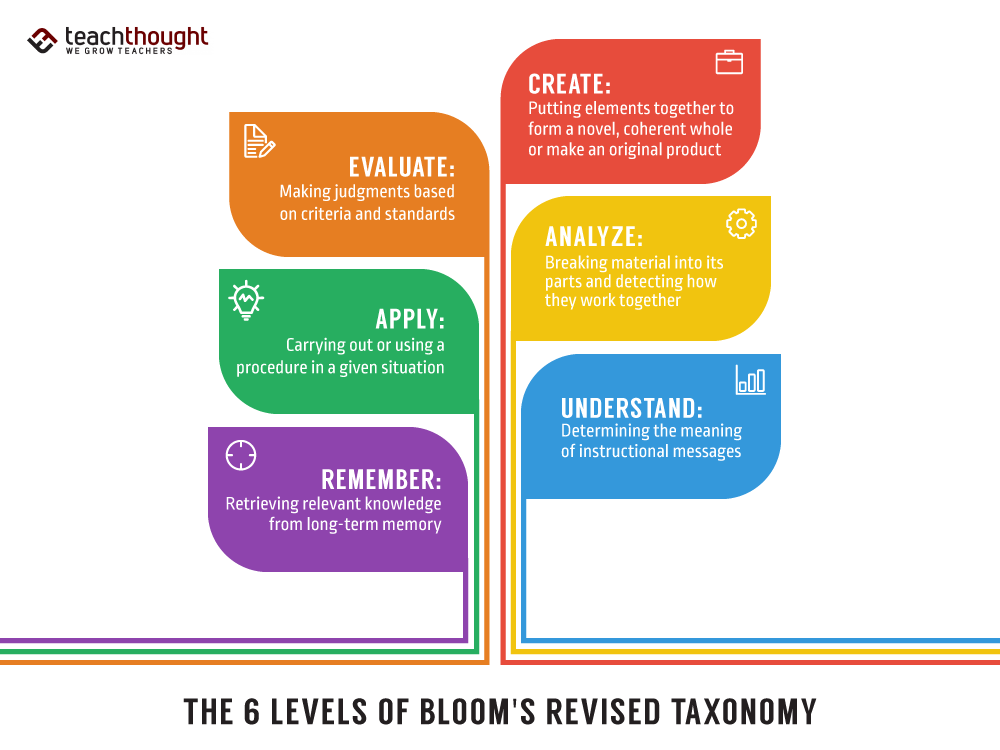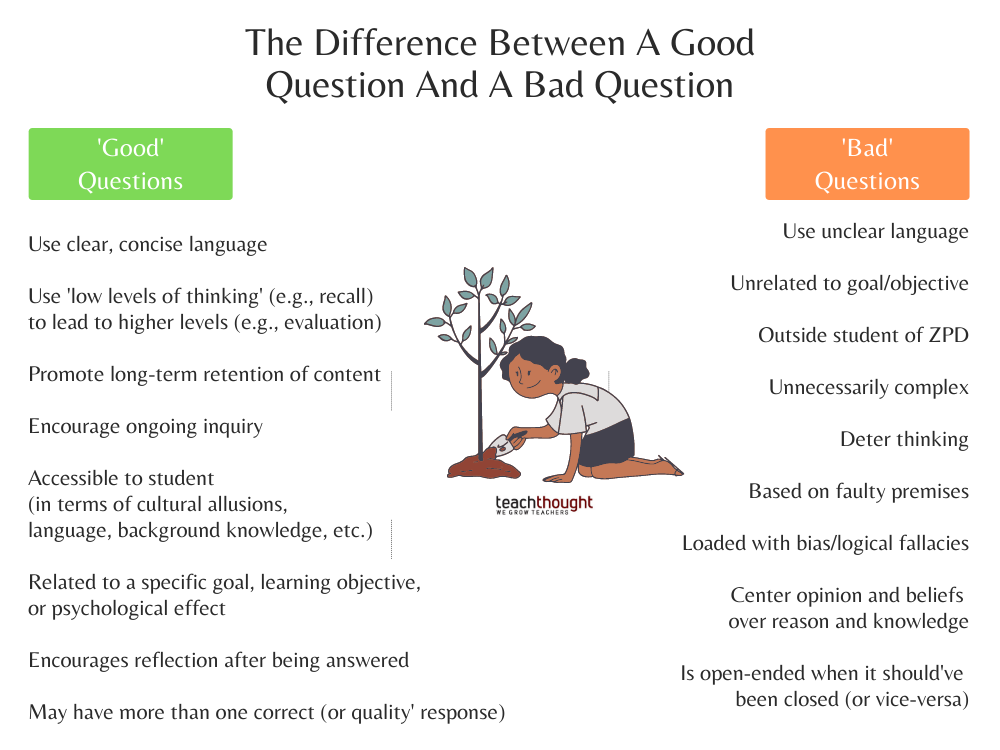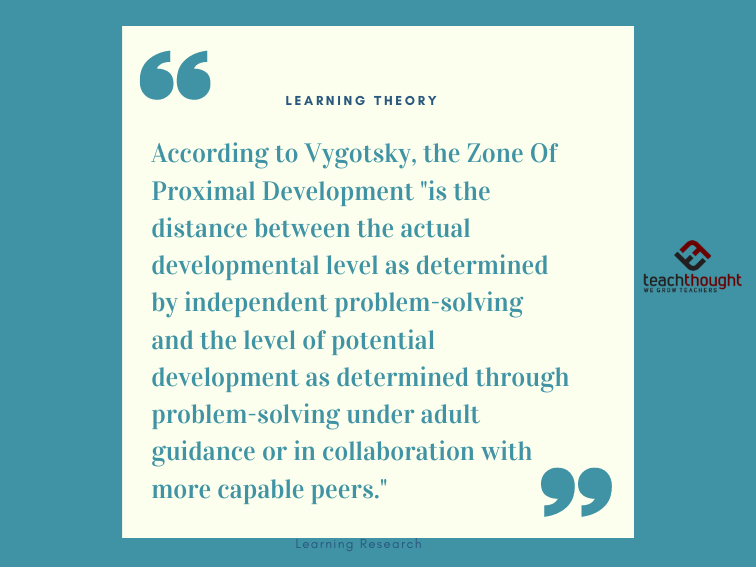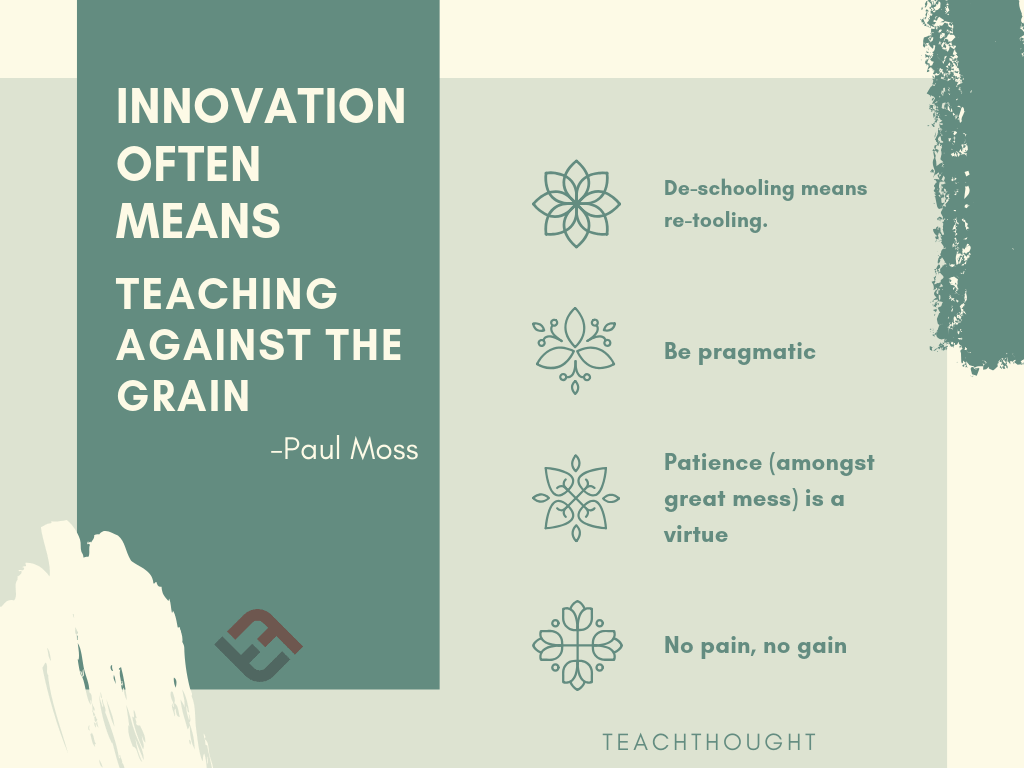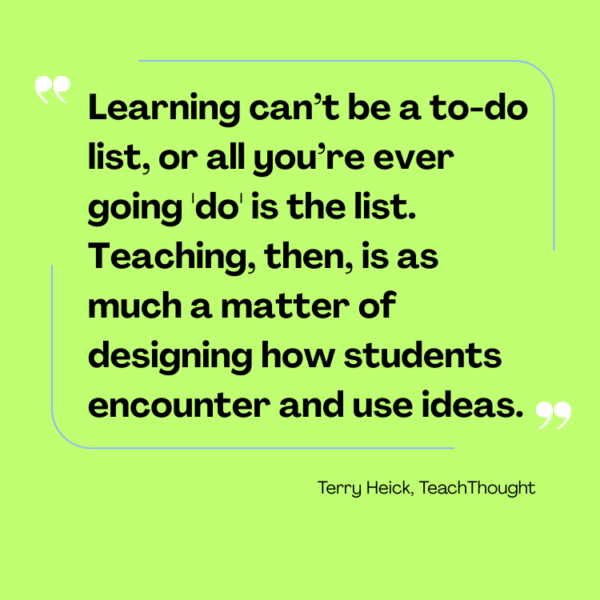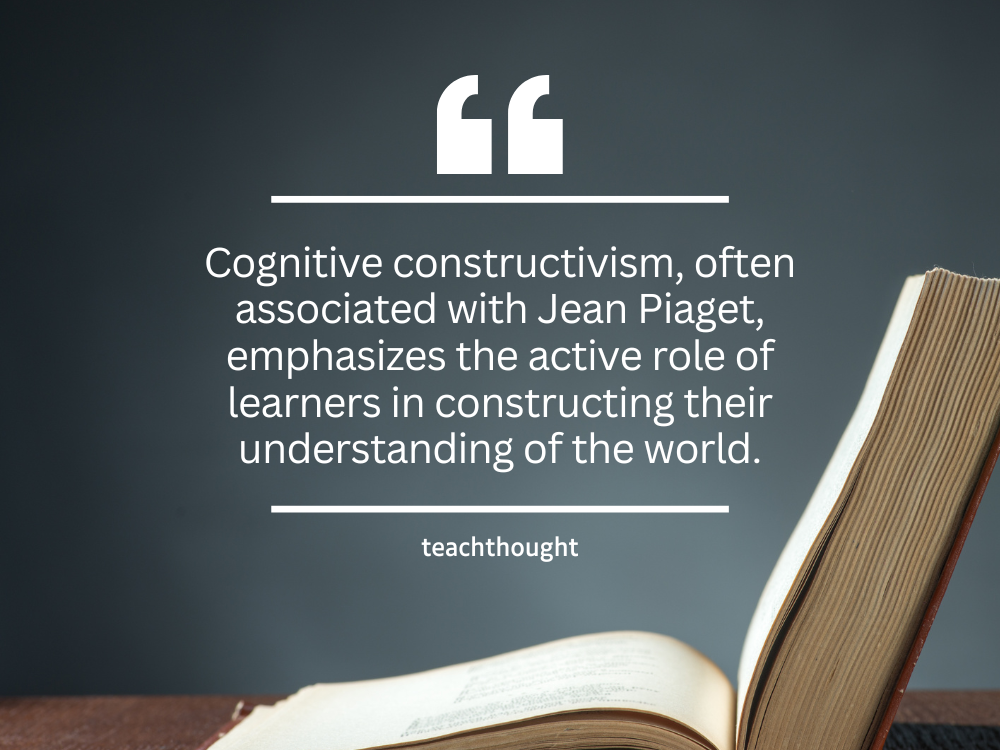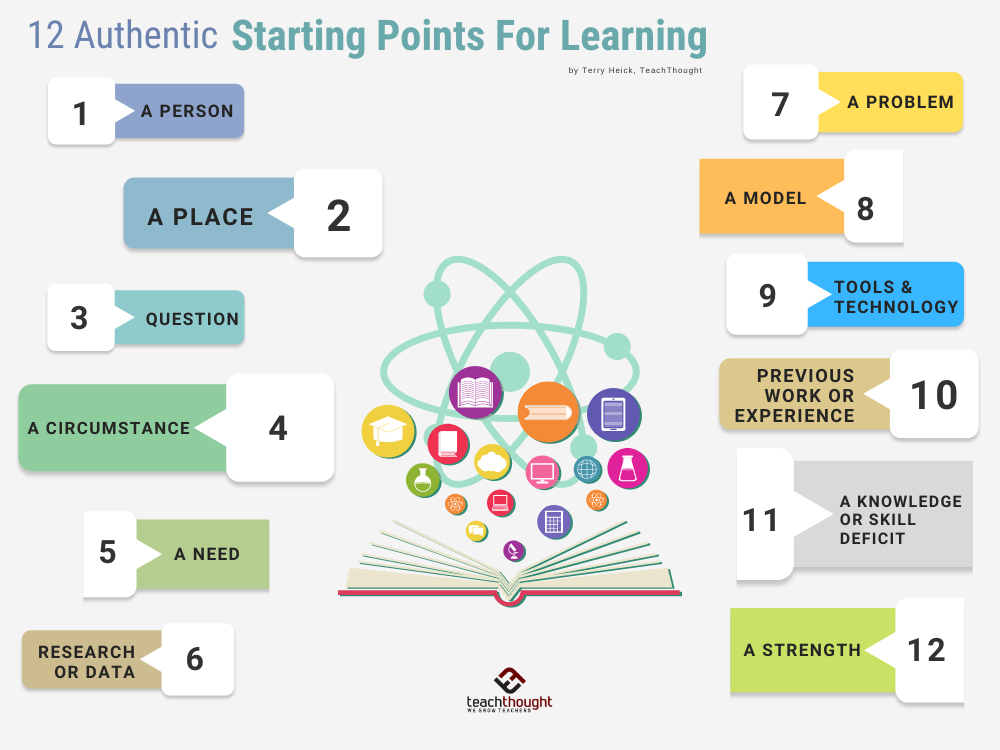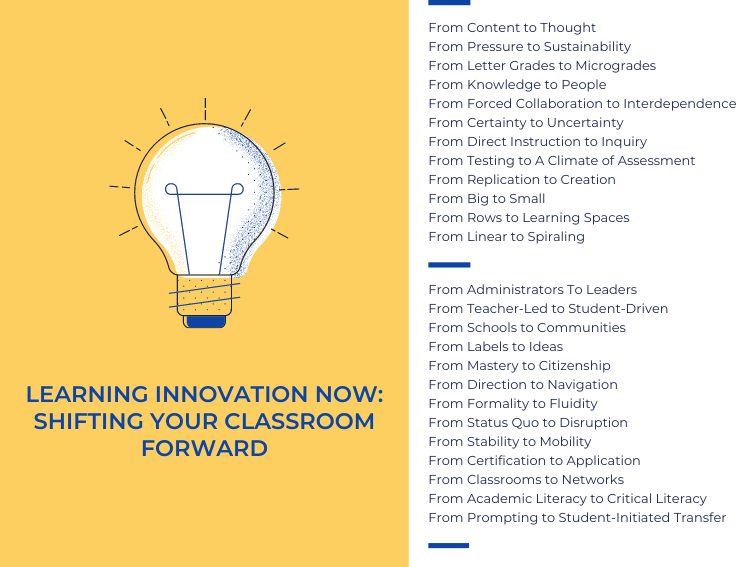Trending
What Is Bloom’s Revised Taxonomy?
Bloom’s Revised Taxonomy is an update that, among other changes, revised the language and hierarchy of the Cognitive Process Dimension.
The Difference Between A Good Question And A Bad Question
A question is only a strategy (for inquiry) and must therefore have a purpose if we want to evaluate its quality.
What Is Vygotsky’s Sociocultural Learning Theory?
According to Vygotsky, learning and development are inseparable from the social and cultural contexts in which individuals participate.
How To Cite A Tweet: MLA Style
The Standard Formula: @handle (Real Name). “The full text of the tweet goes here.” X, Day Month Year, URL.
4 Levels Of Integration For Critical Thinking
How can you teach critical thinking? This framework offers a way to integrate critical thinking in your classroom.
What Is Maslow’s Hierarchy Of Needs?
Maslow’s Hierarchy of Needs is a theoretical framework comprising a tiered model of human needs often depicted as a pyramid.
Innovation Often Means Teaching Against The Grain
The feeling that I get observing students learning for themselves and assuming ownership of their experience is pure joy.
Why What Students Don’t Know Is More Important Than What They Do
For me, my biggest takeaway from college was learning what I didn’t know.
What Is Cognitive Constructivism?
In research-informed segments, theories like Social Learning can be tools for understanding how a child’s mind works.
12 Authentic Starting Points For Learning
Learning–real, informal, authentic, and lifelong learning–can ‘begin’ with just about anything.
If You Only Teach Students One Thing About Writing
Pre-writing can include clarifying audience and purpose to researching and outlining, making it crucial to the quality of the writing.
New Learning: Characteristics Of An Innovative Classroom
From content to thought, linear learning to spiral learning, and grading to micrograding, here are possible characteristics of an innovative classroom.
